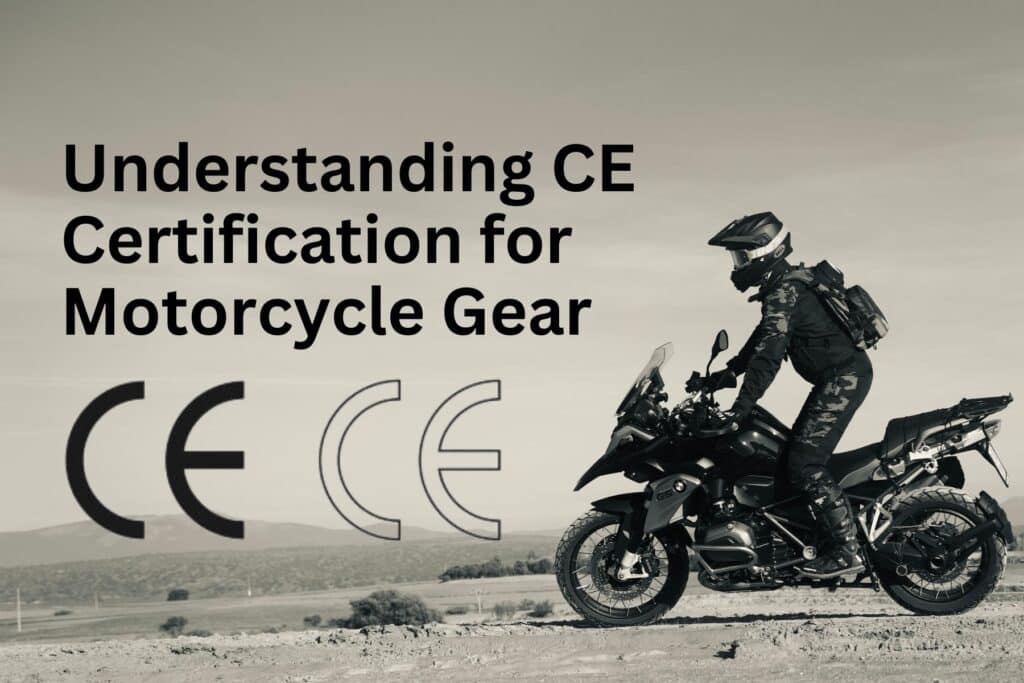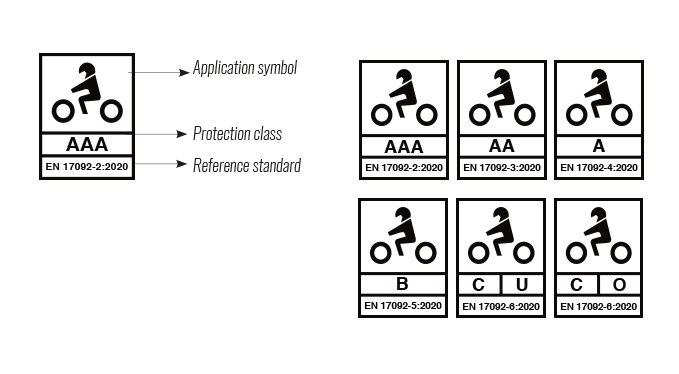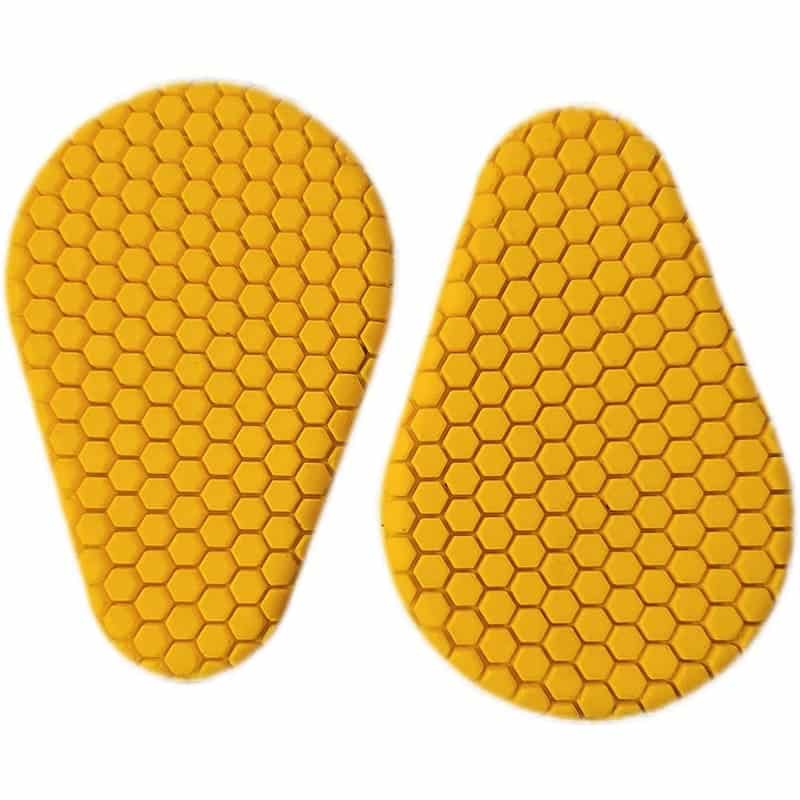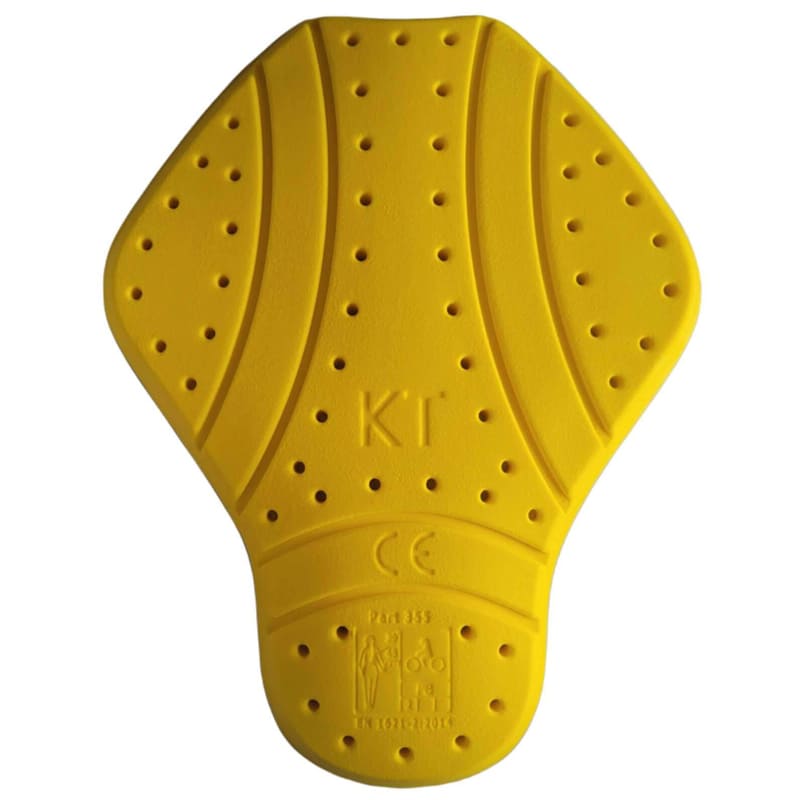

Understanding CE Certification for Motorcycle Gear: Ensuring Safety on the Road
Motorcycle riding is an exhilarating experience, but it also comes with its fair share of risks. As riders, we must prioritize our safety by investing in high-quality gear that is designed to protect us in the event of an accident. One crucial aspect of ensuring the effectiveness of our motorcycle gear is understanding CE certification. In this blog post, we will explore the definition of CE certification, its importance, CE ratings, and its role in ensuring rider safety.
Table of Contents
Definition of CE Certification
CE certification, which stands for Conformité Européene, is a mandatory certification that indicates a product’s compliance with health, safety, and environmental standards set by the European Union (EU). While it is a European certification, it is recognized globally as a benchmark for safety and quality in various industries, including motorcycle gear.
Importance of CE Certification for Motorcycle Gear
Motorcycle gear serves as our second skin, protecting us from serious injuries in case of accidents. CE certification plays a significant role in ensuring that the gear we use meets specific safety standards. By investing in CE certified motorcycle gear, we can have peace of mind knowing that our protective clothing has undergone rigorous testing and meets the necessary requirements to efficiently safeguard our bodies.
The Role of CE Certification in Ensuring Rider Safety

Motorcycle accidents can lead to life-altering consequences, and proper protective gear is crucial in minimizing injuries. CE certification acts as a vital assurance that the gear we wear is built to withstand the impact, abrasion, and tearing forces that may occur during an accident. Understanding the certification process and the standards it encompasses is essential in making informed decisions for our safety.
What is CE Certification?

CE certification is a comprehensive process that involves evaluating the conformity of various products, including motorcycle gear, with relevant European standards. When a product is CE certified, it means that it meets the requirements laid out by the EU directives, ensuring its safety and quality.
Different Categories of CE Certification for Motorcycle Gear
CE certification for motorcycle gear is divided into different categories based on the intended use and level of protection provided. These categories include helmets, gloves, jackets, trousers, and boots. Each category has its own set of standards and requirements that must be met for CE certification.
Different CE Ratings & Classes:

CE ratings come in various levels, each offering a different degree of protection. Starting with Level C, which provides a basic level of safeguarding, the ratings progress to Level B for an intermediate balance between protection and comfort. Level A signifies a higher standard of protection, while Level AA and Level AAA stand at the pinnacle, offering advanced and exceptional levels of impact and abrasion resistance.
Class C (EN 17092-6:2020):
Starting with the basics, Level C provides an entry point into CE-rated gear, offering foundational protection for everyday riding.
Class B (EN 17092-5:2020):
Moving up the ladder, Level B strikes a balance between protection and comfort, catering to riders seeking a bit more than the basics.
Class A (EN 17092-4:2020):
This is where the safety quotient significantly rises. Level A gear delivers a high level of protection, ensuring excellent impact and abrasion resistance. It’s our recommendation for riders who prioritize safety without sacrificing comfort.
Class AA (EN 17092-3:2020):
Advanced riders, this one’s for you. Level AA gear takes protection up a notch, providing superior impact and abrasion resistance. It’s the choice for those who demand top-notch safety features on every ride.
Class AAA (EN 17092-2:2020):
At the pinnacle of safety, Level AAA sets the standard for excellence. Offering exceptional impact and abrasion resistance, this is the gear for riders who won’t compromise on anything less than the best.
Armor Ratings Explained:



Armor in motorcycle gear is not a one-size-fits-all concept. CE-approved armor comes in two main levels: Level 1 and Level 2. Level 1 armor provides moderate impact protection, while Level 2 steps up the game, offering enhanced protection for riders seeking a higher safety standard.
Speed Capabilities:
Understanding the speed capabilities of armor is crucial for real-world scenarios. Generally, Level 1 armor is designed to withstand impacts at speeds up to 30 mph (48 km/h), suitable for city commuting and regular riding conditions. In contrast, Level 2 armor is engineered to provide effective protection at higher speeds, often up to 50 mph (80 km/h) or more, catering to highway cruising and more aggressive riding styles.
The Certification Process

Obtaining CE certification involves several steps to ensure that the gear complies with the necessary safety standards.
Step 1: Product Evaluation
The first step in the certification process is the evaluation of the motorcycle gear. This includes an initial assessment of the product, identifying the relevant standards that apply to the specific type of gear.
Step 2: Testing
Once the relevant standards are identified, detailed testing procedures are carried out to evaluate the performance of the gear. These tests measure impact resistance, abrasion resistance, and tear resistance, ensuring the gear meets the specific requirements.
Step 3: Declaration of Conformity
After successful completion of the testing phase, the manufacturer prepares the necessary documentation and makes a declaration of conformity. This declaration states that the gear meets all the requirements for CE certification.
Step 4: CE Marking and Labeling
Upon receiving the declaration of conformity, the manufacturer affixes the CE mark on the motorcycle gear. Additionally, the gear must include required labeling information such as the name and address of the manufacturer, the type of certification, and the date of CE certification.
Step 5: Market Surveillance and Enforcement
Regulatory authorities are responsible for monitoring and enforcing CE certification standards. They conduct regular audits and market surveillance to ensure that the gear remains compliant with the established regulations. This helps maintain the integrity of CE certification and ensures that riders can trust the gear they purchase.
If you want to learn more about CE Certification please click me to learn more.
Frequently Asked Questions (FAQs)
Why is CE Certification important for motorcycle gear?
CE certification is essential for motorcycle gear because it ensures that the product meets specific safety standards. It provides riders with the confidence that the gear has undergone rigorous testing and meets the requirements necessary to protect them in case of an accident.
Are all motorcycle gear items required to have CE Certification?
Not all motorcycle gear items are required to have CE certification. However, it is highly recommended to choose CE certified gear for optimal safety. Gears such as helmets and gloves have specific regulations in many countries, making CE certification mandatory.
How can I check if a product is CE certified?
To check if a product is CE certified, look for the CE mark on the gear. The mark signifies that the product has met the necessary safety requirements and has been certified accordingly.
Can motorcycle gear without CE Certification provide adequate protection?
Gear without CE certification may not provide the same level of protection as certified gear. Non-certified gear may not have undergone the rigorous testing procedures required for CE certification, potentially compromising the rider’s safety.
Are there any ongoing regulations or changes related to CE Certification?
Yes, there are ongoing updates and developments related to CE certification. The standards are periodically revised to incorporate improvements in safety technology and address emerging concerns. Manufacturers and riders should stay updated on these changes to ensure compliance with the latest regulations.
Conclusion
Rider safety should be a top priority for all motorcycle enthusiasts. By understanding CE certification for motorcycle gear, we can make informed choices that promote our wellbeing on the road. As riders, let’s remember the significance of investing in CE certified motorcycle gear and embrace the role it plays in enhancing our safety. So, gear up with confidence, ride responsibly, and stay safe on your adventures.

